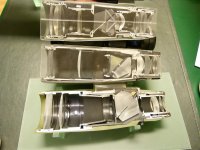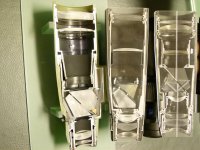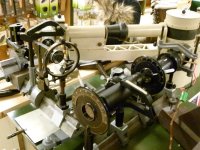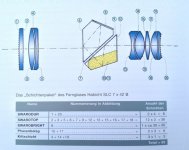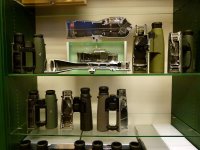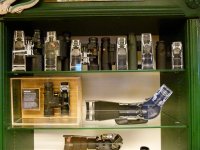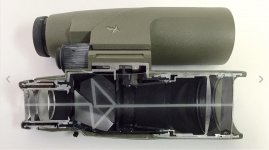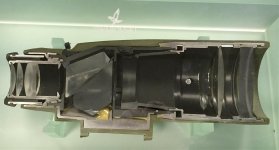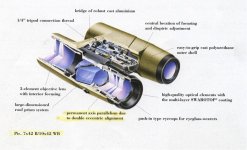Jan, as you may have guessed from my answers, I had already read everything.If you would read it, you will read how it was done.
BTW, Swarovski did gave accurate explanations.
Read it again.
Referring to how you do the tests, I was asking broadly which instrumentation you use, in addition to the polarizing filter. Do you only use the eye and light you have in the office (neon, led, etc.)? Do you use your phone's camera or some special capture equipment with maybe the telecentric lens? If you use a commercial camera, which one? Do you use a normal, wide-angle lens, or which one? Have you profiled the sensor and the lens for the light you use or do the test without control?
I'm not here to tell you are "quack" (don't worry :t
Even Swarovski was not complete in the description (at least in the part you reported), and for me it says nothing about the tests. He only mentions some typologies (e.g. MTF) and some regulations that nobody knows about, if he doesn't have the opportunity to read them in full.
Simply this ... my friend!
PS:
forgive me if I'm asking you too complex questions.




